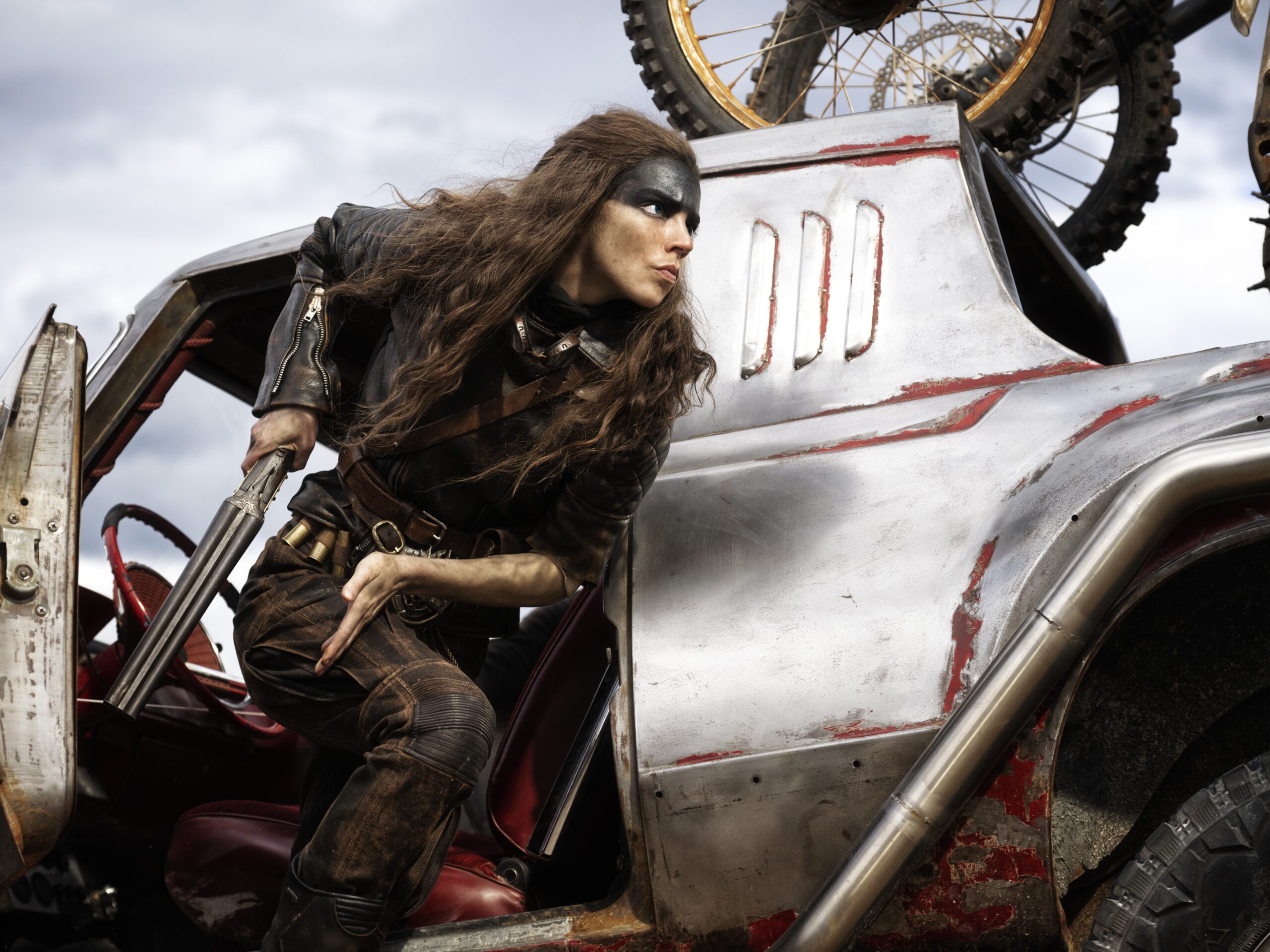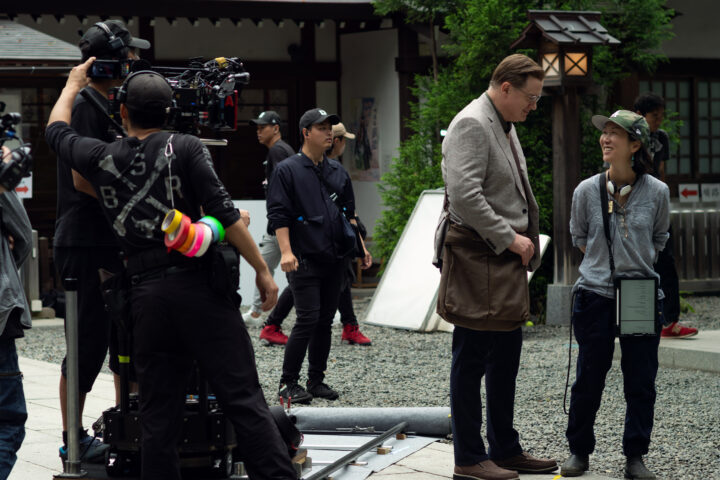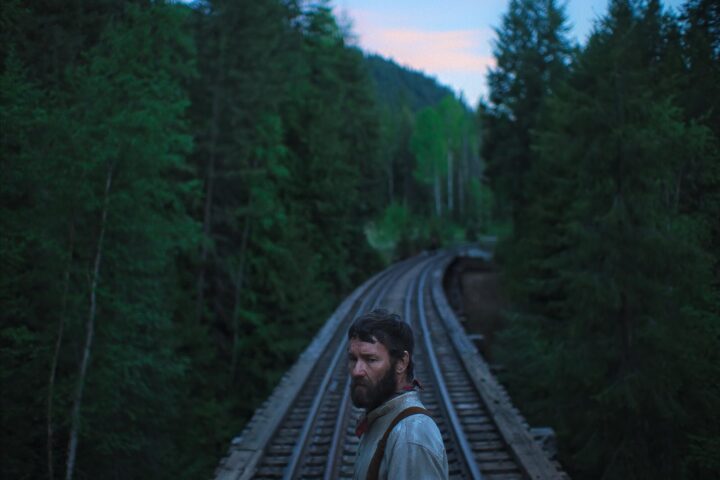In 2015, George Miller’s Mad Max: Fury Road arrived with the force of a thunderclap, reinvigorating a franchise that helped to define the 80s’ action movie while catapulting Mel Gibson to stardom as a rogue ex-cop turned solitary avenger in a dystopian wasteland. The series began with 1979’s low-budget, scrappy Mad Max followed by the adrenaline-fueled apex of 1982’s The Road Warrior and 1985’s commercial, mythic Tina Turner-starrer Mad Max: Beyond Thunderdome.
After a three-decade hiatus, Fury Road resurrected the series with a visceral energy and imaginative scale. It also garnered Oscar nods for Best Picture and Best Director, and won a slew of technical trophies. While a fair enough Tom Hardy stepped into Gibson’s once titular role (Gibson really should have returned), it was Charlize Theron who ruled Miller’s decimated outback redux. In a major performance as Imperator Furiosa, a skin-headed, one-armed warrior leading a group of enslaved women in an escape from a tyrannical despot, Theron lent the high-octane spectacle a palpably feminist core, embodying liberation and defiance in a lawless world.
The new Furiosa: A Mad Max Saga, the “prequel” to Fury Road, shares the surface DNA of the Miller’s enduring post-apocalypse, namely extravagant action and stunts in a vividly conceived wasteland milieu captured by an ingeniously dextrous camera. Yet despite such expected technical compensations, Furiosa offers nothing new in its formula revenge story, the least interesting of Miller’s five-decade, five film post-apocalypse thrill rides. While the filmmaking—this time enhanced by CGI, a topic much debated given Miller’s career use of practical effects and stunts—is expectedly well-mounted, the sluggishly paced film frequently reveals a hollow core.
The attempt to architect a new Mad Max universe (dubbed a “Mad Max saga” installment) around the character of Furiosa was, in principle, a fine one. But in jettisoning Theron to flash back decades from the last installment, Furiosa seems an ill-conceived companion to an exponentially better movie, and a been-there-done-that one fatigued by the absence of Theron’s defining portrait.
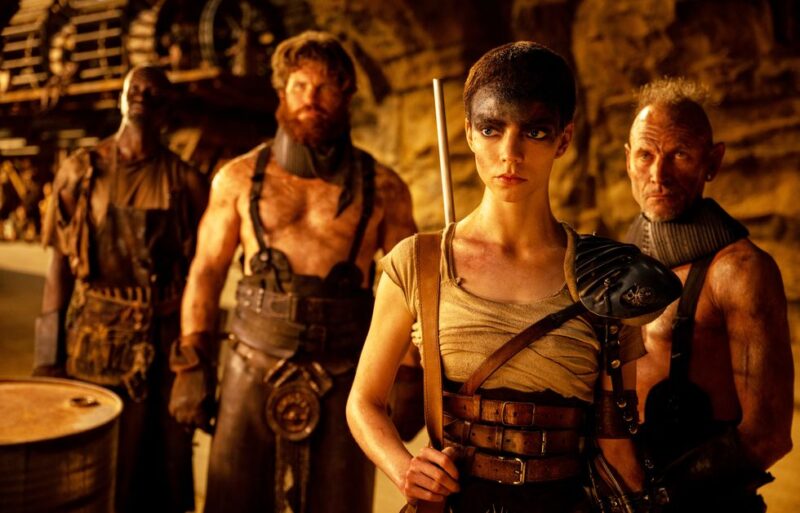
Miller has stated that he architected the backstory of his Furiosa character for decades, which makes his movie all the more puzzling given it plays like a weak sister origin tale lacking in creative inspiration and, mainly, the filmmaker’s signature action-adventure stakes escalation, making it the first non-essential Mad Max picture. The story—that of a dystopian desert waif turned avenging angel, seeking retribution for the murder of her warrior mother—sounds good on paper, sure, and for the first third or so, Miller keeps things is reasonably gripping.
In the opener we meet young Furiosa (Alyla Browne), kidnapped from her idyllic green oasis home (the rest of the desert world is a poisoned, post-apocalyptic war zone) by a band of marauders as a gift for their biker tribe leader, Dementus (Chris Hemsworth). Her warrior mother (Charlee Fraser) gives chase, managing to dispatch several baddies and handily rescue her daughter before her own ambush murder (a vividly mounted sequence set in one of those gorgeous, art-directed movie sets, here an orange blazing sunset canyon), a burn-in formative memory that will drive Furiosa’s future destiny.
Orphaned Furiosa’s childhood is ruled by kidnapper Dementus, and Hemsorth, a fine actor when he wants to be (Rush), plays fast, loose and wink-wink silly with his evil, childless biker warlord, taking possession of the girl with a long-game ulterior motive. Years pass and star Anya-Taylor Joy enters the picture at the hour point, playing Furiosa as the subjugated young woman biding time to her big escape.
Meanwhile, Immortan Joe (Lachy Hulme, replacing the deceased Hugh Keays-Byrne) returns to form an alliance with Dementus over rulership of Gastown, a coveted settlement perched atop a former oil drilling site, with Furiosa herself part of the deal. When she’s traded to Joe and swiftly imprisoned in a breeding slave harem, escape is imminent. And get away she does, chopping off her hair and disguising herself as a boy before hitching up with War Rig commander Praetorian Jack (Tom Burke), who educates her in the finer points of survival driving, the pair inching toward an attraction. Expectedly, Hemsworth’s Dementus comes roaring back into pursuit.
Given Furiosa’s extended length, the picture has a stop-start dynamic each time the action flags, and this time Miller doesn’t seem to know what to do with the in-between; he’s good with the chase scenes, particularly one involving a daring parasail contraption, but the human interactions—frankly, a bore—play like two-dimensional retreads from any number of films, merely biding time toward the movie’s requisite final showdown between Furiosa and Dementus. When this one-on-one arrives it plays more like a low gear philosophical debate than action overdrive climax.
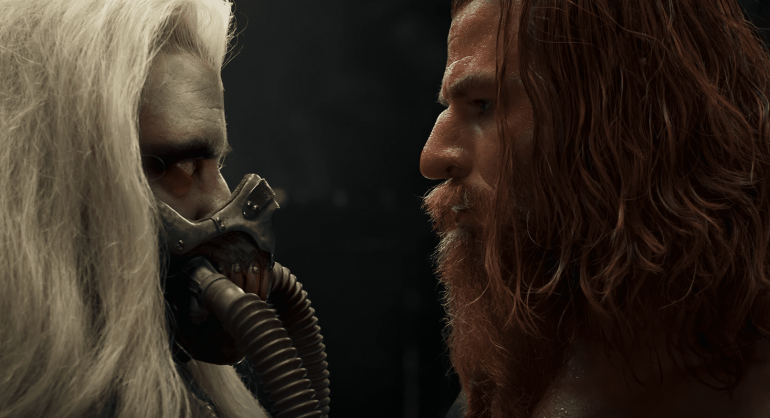
Taylor-Joy is an undeniably talented actress across smart performances in offbeat pictures like The Menu, style and genre in Last Night in Soho and large-scale behemoths like The Northman. But because her Furiosa doesn’t appear until later in the film and upon doing so is resolutely Stoic, Stone-Faced and Driven, we never get close to the character; she has little opportunity to punch through archetype and never quite comes into her own emotionally. Hemsworth, by contrast, pushes hard on comic brio in an exhaustingly broad turn, effective as his final moments may be.
How and why the great Miller and co-writer Nick Lathouris concocted this generically bland tale to follow their revered Fury Road is baffling, given that Theron’s adult Furiosa was an imminently engaging creation, a hellcat mix of feral metal and melancholy ranking with the all-time best movie action heroines, from Sigourney Weaver in Aliens to Linda Hamilton in Terminator 2.
There can be no such comparisons this time given the character’s muted expressiveness, and despite a handful of solid action moments, this 148-minute picture is missing—of all things in a series built on breakneck chases—propulsive momentum. To its credit, one of the most fun series elements is Miller’s innovative attention to art directing his warlord milieus, which in addition to pristine Green Place and frenetic Gastown also include main outpost The Citadel and Bullet Farm, a mining for bullets settlement, each pleasing diversions.
But production design merits can’t hide that Furiosa sputters more than speeds—something I never thought I’d say about a Max Max picture—and suggests Miller’s “dielselpunk” franchise may be running on fumes. The closing credits, strangely, incorporate scenes from Fury Road, an inexplicably bizarre inclusion reminding us of a far better film.
2 stars
